What to consider when planning your ultimate East Africa safari
The thought of planning a safari, especially if it’s your first, can be incredibly daunting. Seasonality, the varying experiences offered in different regions, accommodation options, park fees, small planes, and how to get the best value for your money are just some of the topics to be discussed and considered ahead of committing to a final plan. If you are toying with the idea of booking a safari, here are some important elements to consider.
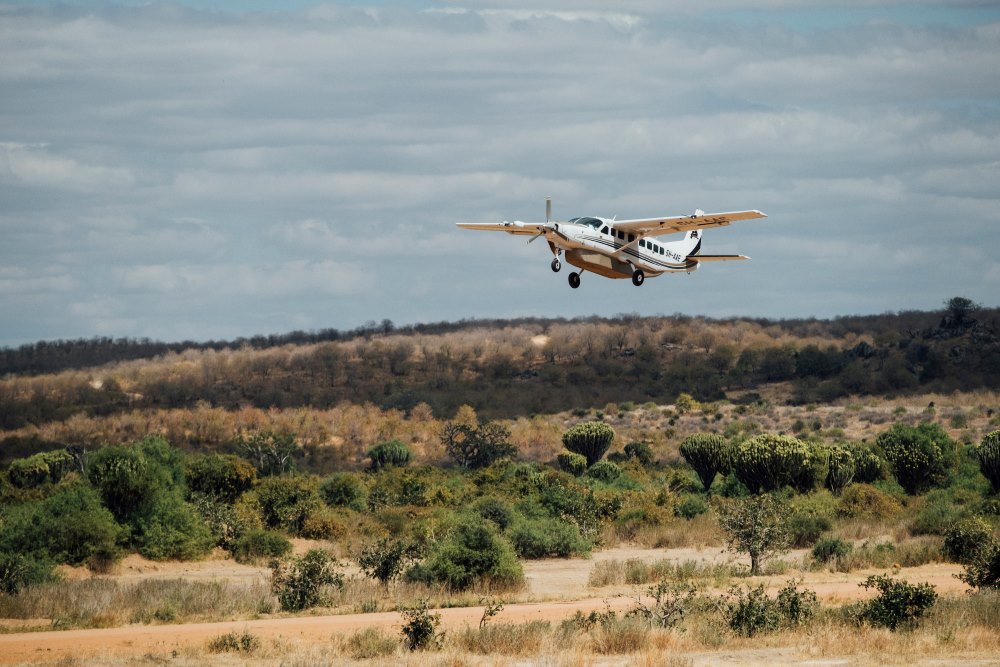
Small planes operate like taxis around the bush airstrips in Kenya and Tanzania.
Start planning early
For many first-time safari travellers, and possibly even the well-travelled that are considering a new destination, there may be just one or two things attracting you to the safari experience. Perhaps you saw a documentary about lion populations in Ruaha National Park, or cheetah in the Eastern Serengeti, and this single element is now driving the idea of a safari. With time on your side, you can research what else the immediate environment offers, as well as the wider country, to determine how to get the most out of your available time. Alternatively, you might not yet have a concrete idea of where you want to go, you just know you want to experience a safari. By allowing yourself time to adequately research and plan, you are laying the foundation for your best possible safari experience. Knowing what you want out of your safari is the start, but depth of experience can be created through a range of additional adventure, culture, and wildlife related experiences.
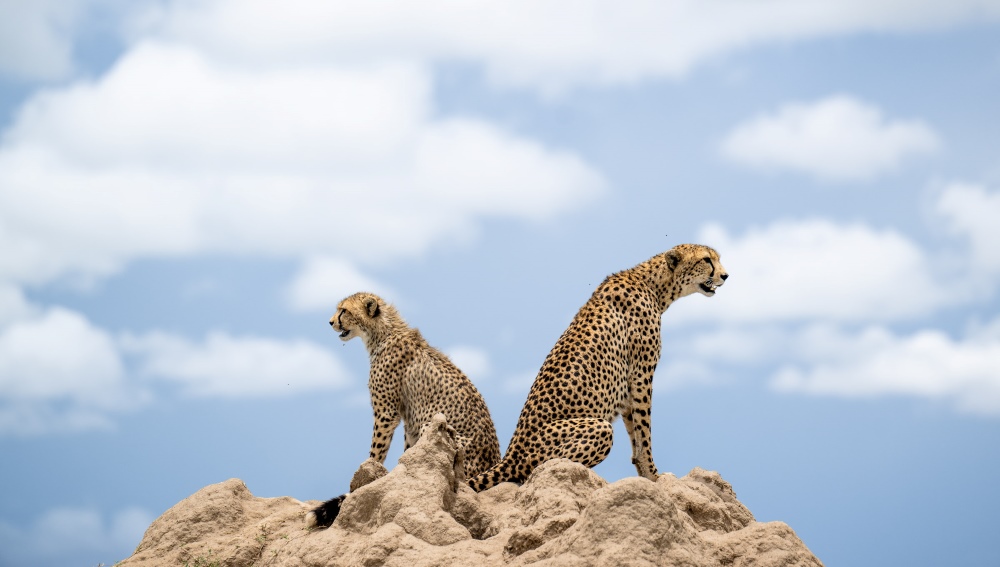
Two cheetah survey the surrounding plains from the vantage point of a termite mound in the Eastern Serengeti.
Timing is everything
The timing of your safari can significantly impact your experience. The equatorial nature of East Africa means temperatures don’t massively fluctuate throughout the year, but there are warmer and cooler seasons and regions. More important to take note of, are the rainfall patterns, as these bring with them different wildlife and birdlife viewing opportunities. If there are specific species you are hoping to see, rainfall patterns should be considered, especially where migrant birds and The Great Migration are concerned. Similarly, activities and experiences should be planned to align with the best weather conditions. Boating safaris in Nyerere National Park explore a wider area when the water levels are higher after recent rains, while walking safaris and fly camping offer the best experience during the drier months of the year.
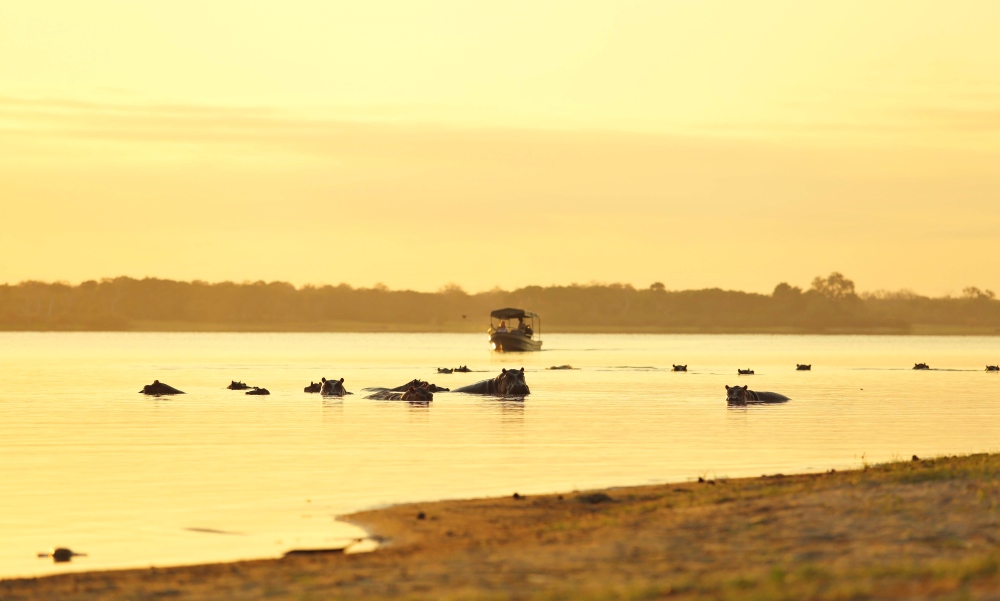
Boating safaris in Nyerere National Park are best enjoyed when the water levels are high after recent rains.
Low or High Season
There are a variety of differences between low and high season, but typically just two of these differences are driving motivators in the decision-making process. The first is budget. A safari can be an expensive holiday, especially for families or groups of friends travelling together. High season months typically see the highest demand, resulting in accommodation prices often beyond reach for many pockets. However, with low season comes a significant reduction in most accommodation costs, bringing a luxury safari experience within reach for a number of budget conscious travellers. The second is exclusivity. During the high season months, most safari camps and lodges are operating near maximum capacity, resulting in a large number of vehicles being out on game drives each day. This means that in more confined areas, like the Ngorongoro Crater or the Masai Mara, you will see many other vehicles throughout the day and most wildlife sightings will be shared with other vehicles. Conversely, there are fewer guests and therefore fewer vehicles operating within the same space during the low season. There is plenty of resident wildlife in the parks that can be found year-round, ranging from elephant and buffalo to big cats and the plains game they prey on. This results in near-private game drives, and wildlife sightings sometimes with no other vehicles in sight. Exclusivity in East Africa’s most famous parks is almost unheard of, but with careful planning it can be achieved.
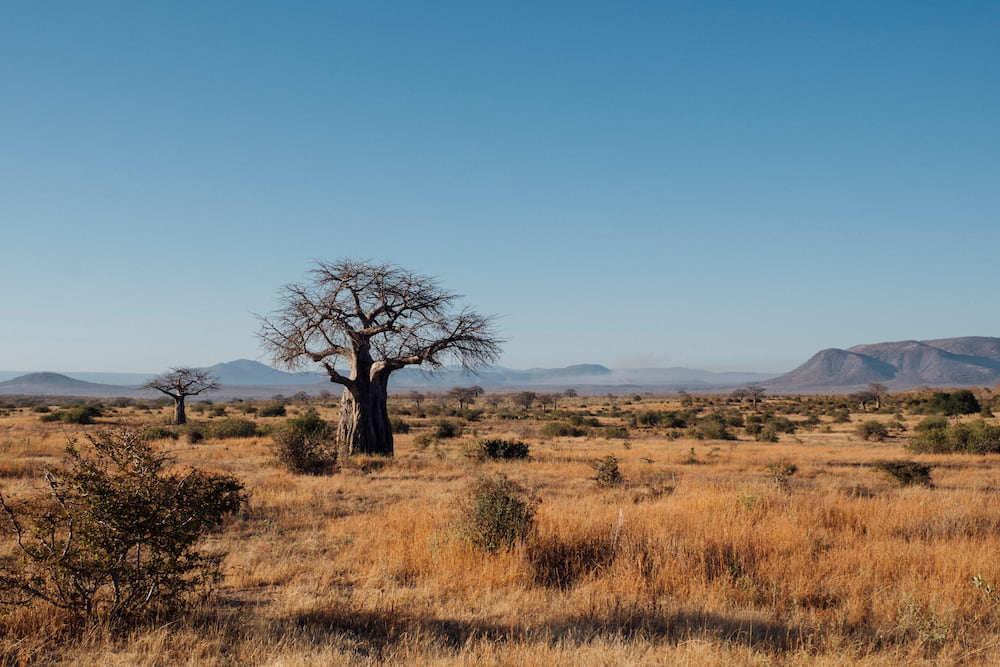
Even in East Africa's most popular parks, exclusivity can be achieved if you know how to find it.
Accommodation options
So, you’ve worked out where you want to go, what you are hoping to see, and what time of the year is best to travel in order to make these hopes a reality. Now you need to consider accommodation. Or perhaps you approached this situation from a different angle, starting with a safari camp you had seen or heard about, and are now building your experience around a specific accommodation option. Whichever the scenario, and irrespective of the budget option you are considering, do not underestimate the importance of booking early. After having done your research on the best accommodation options suited to you, it can be painful to discover that your top choice is no longer available. During the high season months this is especially relevant, when demand for accommodation in the more popular regions consistently outweighs the supply. Specifically, the Masai Mara and northern Serengeti from July to October.
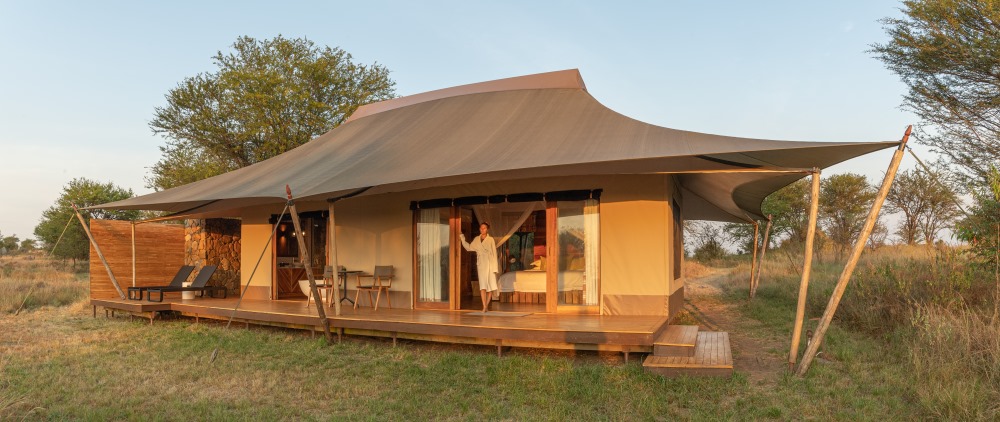
Sayari Camp, situated in the northern Serengeti, offers excellent access to the Mara River crossings.
The Great Migration
Arguably East Africa’s most famous spectacle, the exhilarating river crossings of The Great Migration draw flocks of visitors to the Masai Mara and the Northern Serengeti year after year. Although the migration is moving throughout the year in a constant cyclical manner, it is this period between July and October that attracts the most attention. A mass of wildebeest and zebra, numbering close to 2 million animals, completely dominates the landscape. When the river crossings begin, the action is intense and dramatic as thousands upon thousands of wildebeest plunge down steep banks, often breaking a leg in the process, only to be met by hungry crocodile waiting to pick off the weak and injured. Some of the herds continue to cross back and forth over the Mara River, seemingly in a state of constant confusion, while the majority enjoy grazing in the Masai Mara, before starting the journey south in October. Given the scale of attention this event attracts, it is vital to book accommodation as early as possible to secure your space. Between 12 – 18 months before travel is usually sufficient.
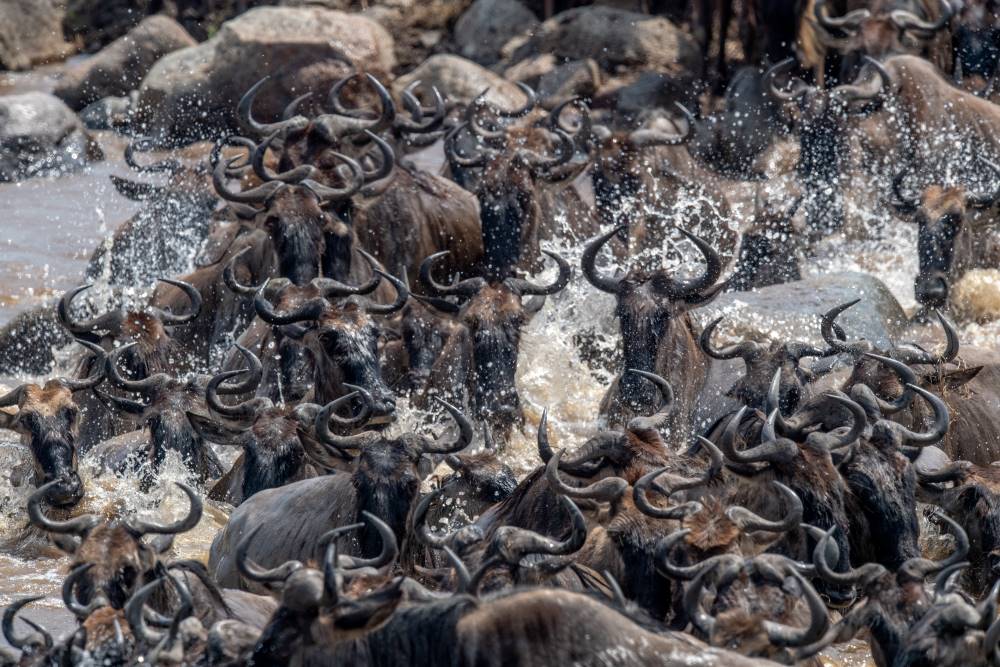
The chaos of a river crossing as the herds plunge into the crocodile infested waters of the Mara River.
An alternative to the busy river crossings, and often overlooked as an equally impressive Migration focussed experience, is the calving season in the southern Serengeti. From January to March, the herds gather on the nutrient-rich short grass plains to give birth to the next generation in spectacular numbers. The wide-open plains are filled from horizon to horizon with millions of wildebeest and zebra, providing an opportunity to grasp the staggering enormity of The Great Migration. With the arrival of thousands of newborn animals, so come the predators. Lion, cheetah, and hyena compete for kills on a daily basis, while jackal skirt the periphery looking for opportunities. The views across the plains are extraordinary and the wildlife encounters are rewarding, offering a different perspective on this famous spectacle of East Africa.
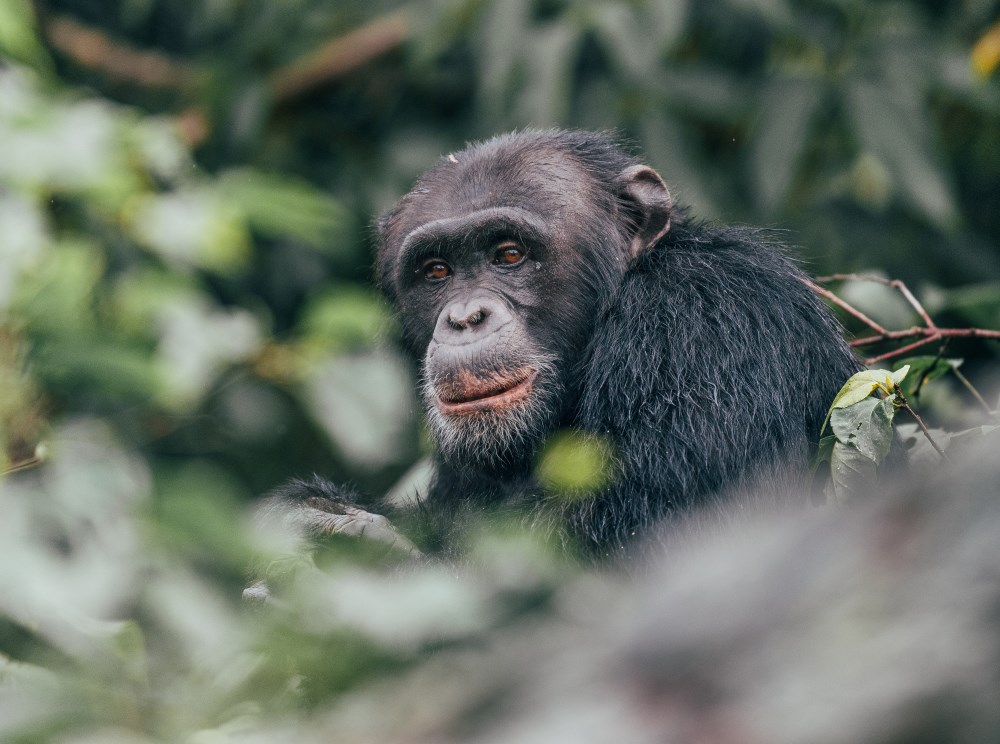
Rubondo Island, just a 75-minute flight from the Serengeti, introduces diverse and exciting activities into your safari itinerary.
The variety of experiences available in East Africa, from traditional safaris to multiday walking safaris, mountain climbing, trekking chimpanzee, navigating waterways by boat, and experiencing meaningful cultural interactions, makes obtaining expert advice to assist your planning process highly recommended. Internal travel logistics are particularly tricky to arrange, requiring an experienced and knowledgeable hand, to ensure the flow and timings of your final safari arrangements fit neatly together into the experience of a lifetime. Our team of safari experts are ready and standing by to assist in the creation of a safe, enjoyable, and enriching experience that allows you to connect with the region's incredible wildlife and natural beauty, while respecting its people and cultures. So, start planning your East African safari today and prepare for the adventure of a lifetime.
More Planning Your Trip Articles

What’s the difference? National Parks, Game Reserves, and Conservancies in East Africa
02 February 2020To most of us, a national park, game reserve, or conservancy are all the same...

Naboisho: Home To The Mara’s Newest Pool
28 November 2019Naboisho is now home to the Mara Naboisho Conservancy’s newest pool. During t...

Guest Blog: A Culinary Journey Through Asilia’s Naboisho Camp
20 November 2019I had the pleasure of visiting Asilia’s Naboisho Camp earlier this year for a...

Last-Minute Christmas Trip Planning? Where To Stay This Festive Season
15 November 2019It's that time of the year when festive season travel plans have been booked...





